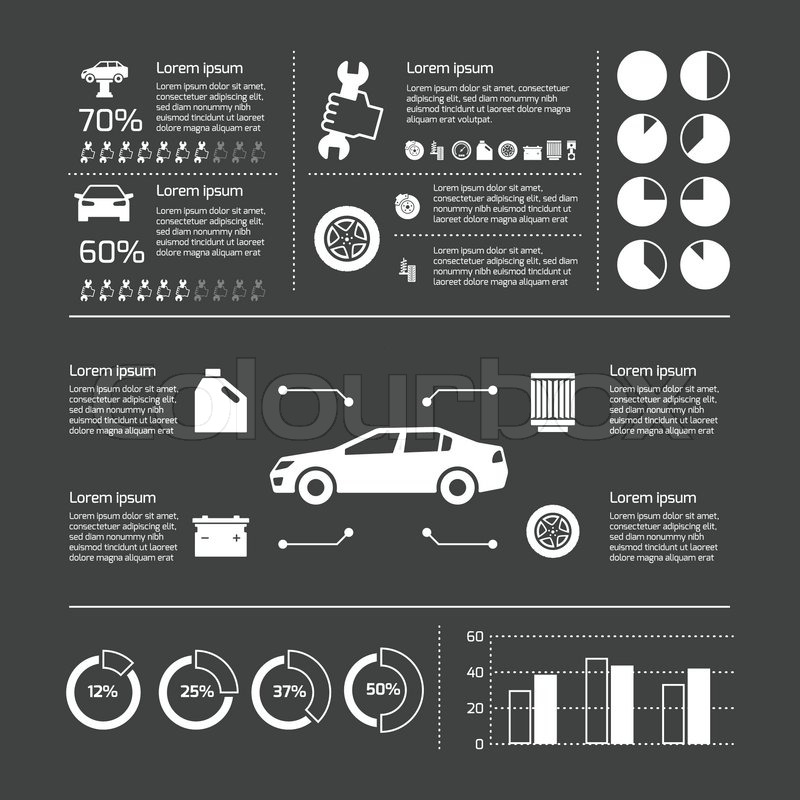Seeking Clarity On The Caution Lights Displayed On Your Auto'S Control Panel? Discover Just How They Relate To Your Vehicle'S Health And Wellness
Seeking Clarity On The Caution Lights Displayed On Your Auto'S Control Panel? Discover Just How They Relate To Your Vehicle'S Health And Wellness
Blog Article
Short Article Composed By-Sykes Stark
When you're behind the wheel, those beautiful caution lights on your control panel can be a bit perplexing. Do deep interior cleaning know what they're attempting to inform you about your auto's wellness? Comprehending the value of these lights is vital for your safety and the durability of your automobile. So, mobile hand car and marine grooming of those lights pops up, wouldn't you want to understand its message accurately and take the required actions to resolve it?
Common Warning Lighting and Interpretations
Identify common warning lights in your vehicle and recognize their meanings to guarantee secure driving.
The most regular caution lights consist of the check engine light, which indicates problems with the engine or discharges system. If this light begins, it's crucial to have your automobile inspected immediately.
The oil stress alerting light suggests low oil pressure, needing instant attention to avoid engine damages.
A blinking battery light could suggest a damaged charging system, potentially leaving you stranded otherwise dealt with.
The tire pressure tracking system (TPMS) light informs you to reduced tire stress, impacting lorry security and gas performance. Overlooking this can lead to harmful driving problems.
The abdominal muscle light indicates a trouble with the anti-lock stopping system, compromising your capability to stop swiftly in emergencies.
Finally, the coolant temperature level alerting light warns of engine overheating, which can cause serious damage otherwise resolved quickly.
Understanding these typical warning lights will aid you deal with problems promptly and keep secure driving problems.
Relevance of Prompt Interest
Comprehending the usual caution lights in your automobile is just the initial step; the significance of quickly addressing these cautions can not be highlighted sufficient to ensure your safety on the road.
When a warning light illuminates on your control panel, it's your car's way of communicating a potential issue that requires focus. Overlooking these warnings can cause a lot more extreme issues in the future, endangering your safety and security and potentially costing you much more out of commission.
Motivate focus to advising lights can avoid break downs and accidents. For instance, a blinking check engine light can show a misfire that, if left unattended, might trigger damages to the catalytic converter. Resolving this promptly can conserve you from a costly repair.
Likewise, a brake system advising light may indicate low brake fluid or used brake pads, critical elements for your safety when driving.
Do It Yourself Troubleshooting Tips
If you discover a warning light on your dashboard, there are a few DIY fixing ideas you can try before looking for expert help.
The primary step is to consult your car's manual to understand what the specific caution light suggests. Sometimes https://brakesnearme95173.blog2freedom.com/31215196/wondering-concerning-the-myths-that-frequently-flow-concerning-auto-detailing-unravel-the-truths-behind-these-misunderstandings-and-see-why-expert-describing-is-important-for-all-lorry-owners can be as straightforward as a loose gas cap activating the check engine light. Tightening up the gas cap might fix the trouble.
Another usual problem is a low battery, which can cause different advising lights. Inspecting odor removal car service for corrosion and guaranteeing they're safe could take care of the issue.
If a caution light continues, you can try resetting it by separating the automobile's battery for a couple of minutes and after that reconnecting it. Furthermore, checking your vehicle's fluid degrees, such as oil, coolant, and brake liquid, can aid repair cautioning lights connected to these systems.
Conclusion
Finally, understanding your cars and truck's caution lights is essential for maintaining your automobile running smoothly and safely. By immediately attending to these alerts and understanding what they imply, you can stay clear of expensive fixings and prospective break downs.
Bear in mind to consult your car's handbook for particular details on each alerting light and take action appropriately to make sure a hassle-free driving experience.
Remain informed, stay secure on the road!
